That ‘Water Bug’ in Your Basement? Yeah, It’s a Roach. Let’s Deal With It.
For years, I’ve had the same conversation. A homeowner calls me, totally freaked out. “I’ve got a massive water bug problem,” they say, describing these big, dark, fast insects lurking in the dampest parts of the house—usually the basement, bathroom, or kitchen.
In this article
And I get it. The name makes sense. They’re always hanging around water. But here’s the first thing you need to know: we’re almost certainly not talking about a true water bug. Those guys are aquatic predators that live in ponds and have zero interest in your laundry room. The uninvited guest you’re dealing with is a cockroach.
So why does this name mix-up even matter? Because you can’t win a fight if you don’t know your opponent. Getting rid of them for good isn’t about just spraying a can of poison; it’s about strategy. The pros use a system called Integrated Pest Management (IPM), which is just a fancy way of saying we use a smart, multi-step approach instead of just blasting chemicals everywhere. It’s about making your home a place they simply can’t survive in.
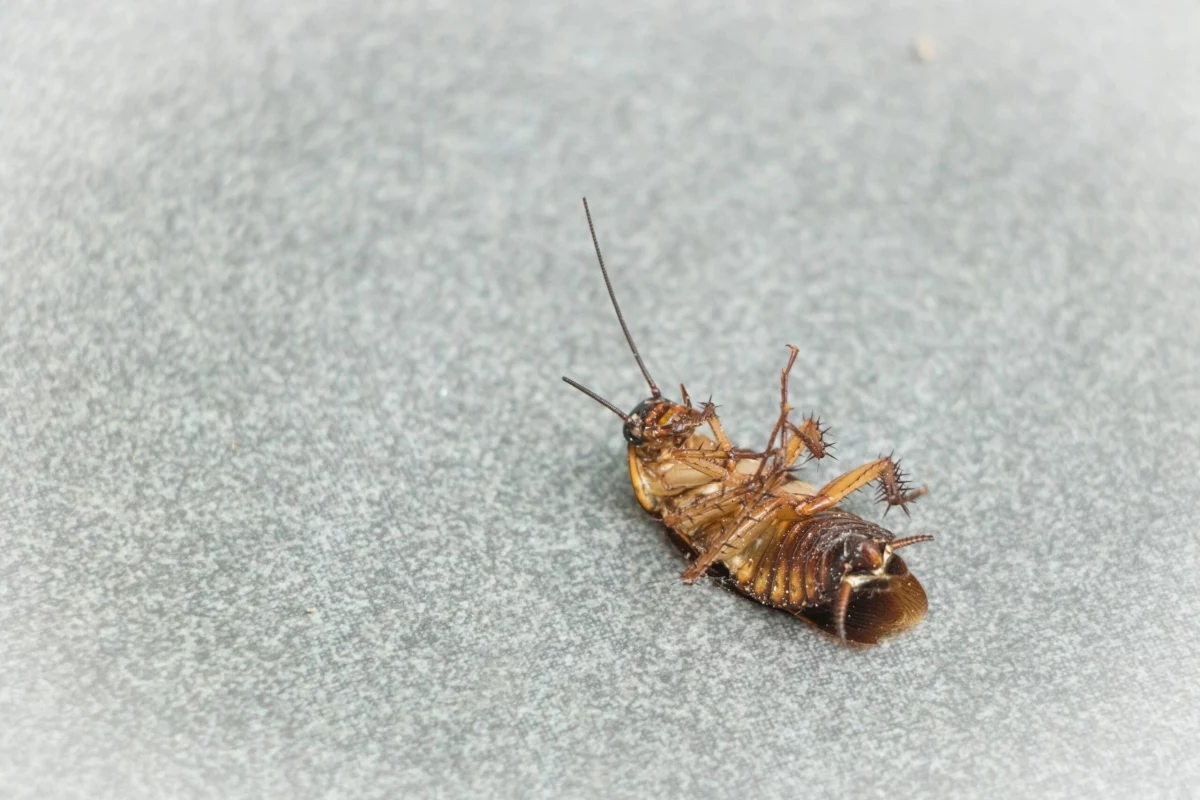
Meet the Main Suspects
When people complain about “water bugs,” they’re usually seeing one of three common types of roaches. Knowing which one you have helps you target their favorite hiding spots.
- The Shiny Black One (Oriental Cockroach): This one is often called a “black beetle.” It’s about an inch long with a glossy, dark brown or black body. They’re a bit slower than their cousins and absolutely love cool, damp, dark areas. Think basements, crawl spaces, and the areas around floor drains.
- The Big Reddish-Brown One (American Cockroach): This is the largest roach you’ll find in a house, sometimes getting over an inch and a half long. They’re a classic reddish-brown color and thrive in super warm, moist environments. Boiler rooms, sewer pipes, and steam tunnels are their five-star hotels.
- The Dark Flying One (Smokybrown Cockroach): Mostly found in the humid South, this roach is a solid, dark mahogany color. Oh, and good to know: they’re strong fliers. They often live outside in places like mulch beds and tree holes, but they’ll happily venture inside looking for a meal.
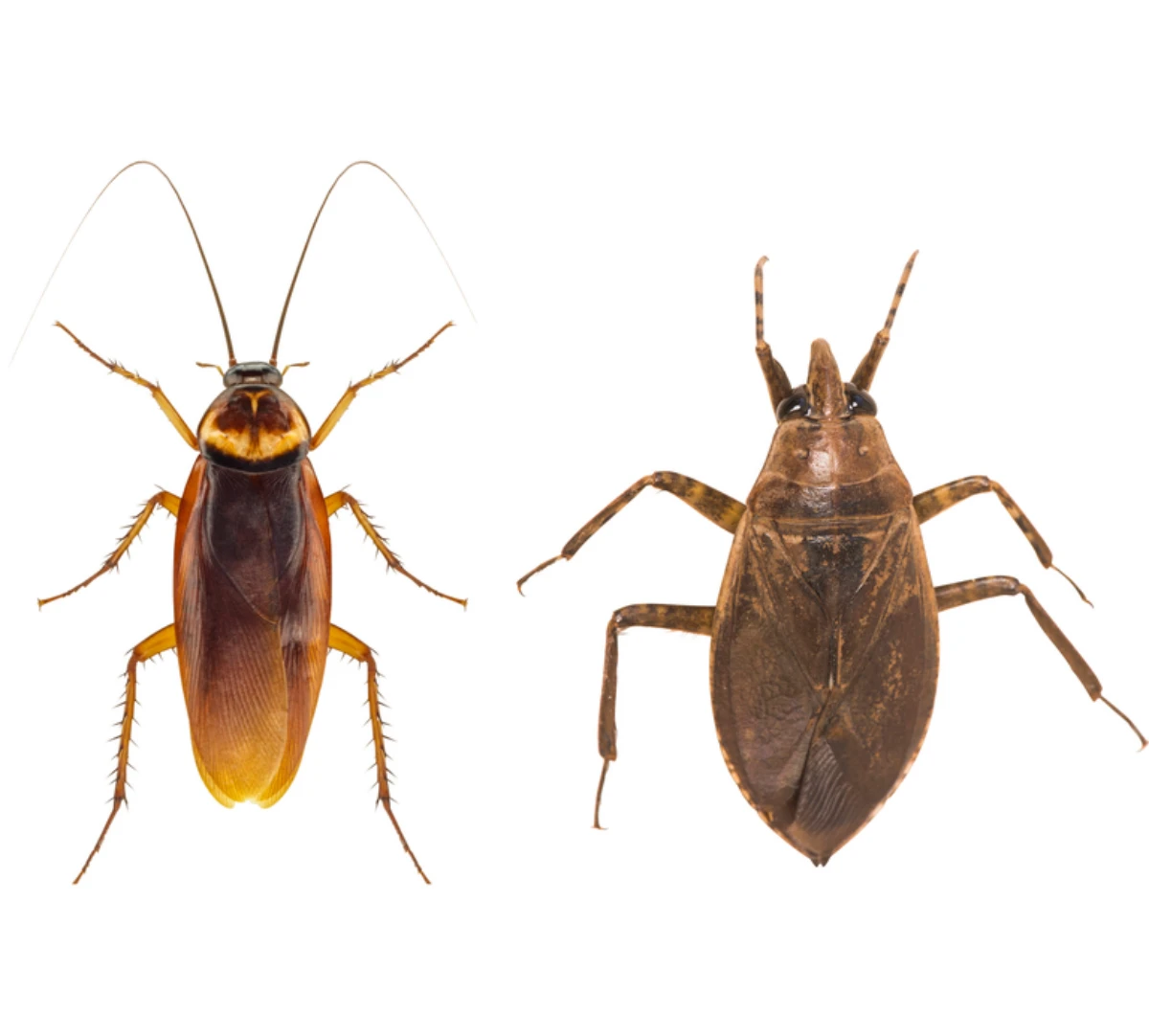
Why Your Home is Their Paradise
A cockroach’s body is terrible at holding onto water; they’re constantly losing moisture. This is why they are biologically hardwired to seek out dampness. A roach can go for a month without food, but without water? They’ll be dead in a week. This weakness is the key to your entire battle plan.
They also have this weird quirk where they love feeling pressure on all sides of their body. The technical term is thigmotaxis, but all you need to know is that they feel safe when they’re squeezed into tight spaces. This is why you find them crammed into the tiniest cracks behind baseboards or inside the walls. It’s not just hiding—it’s comfort for them.
Overwhelmed? Do this ONE thing today: Go find and fix one leaky pipe under a sink. Seriously. It might only take you 30 minutes, and it’s the single most powerful non-chemical step you can take. You’re literally turning off their water supply.
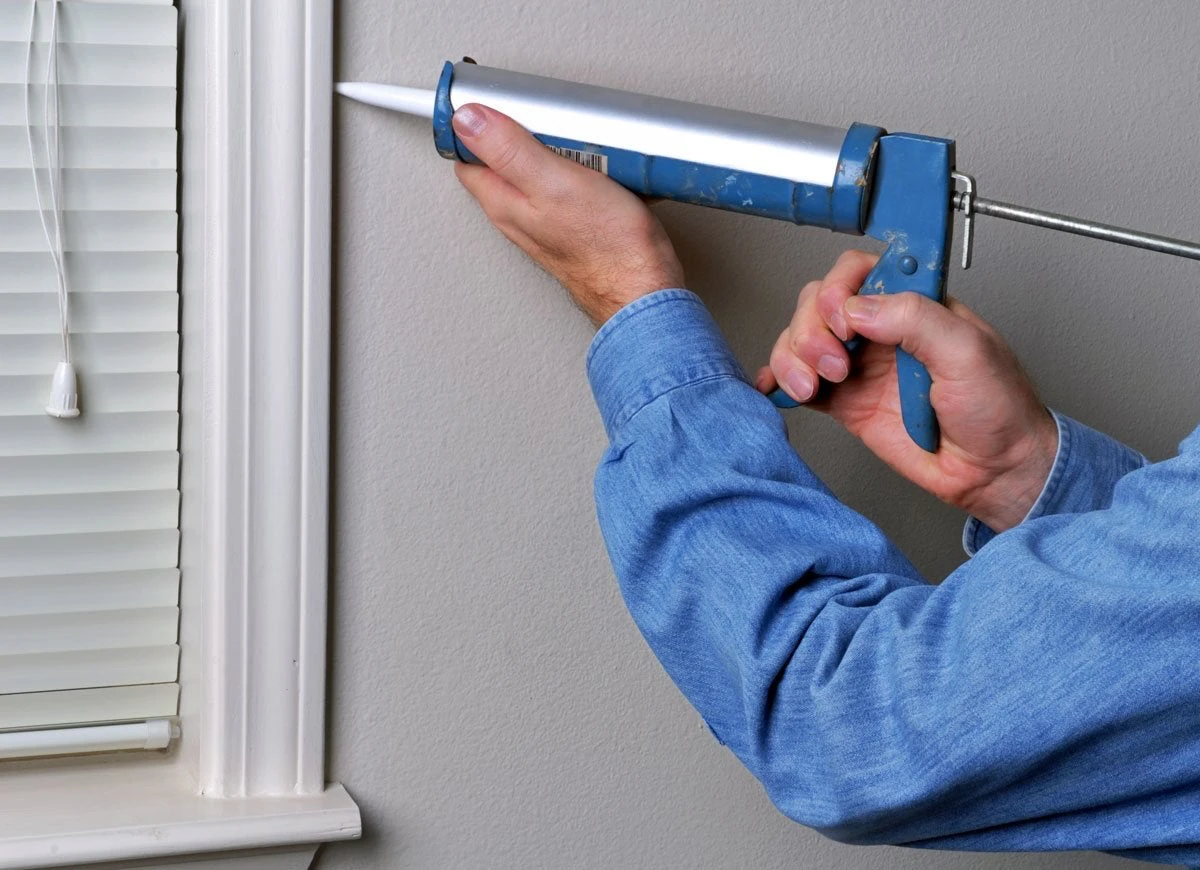
The Never-Ending Cycle (And How to Break It)
Here’s a huge mistake I see people make: they think one good spray will solve everything. It won’t. A female roach produces an egg case that looks like a little armored purse. This case can hold over a dozen eggs and she tucks it away in a hidden, protected spot.
That little egg case is incredibly resistant to pesticides. So, you might spray and kill all the adults, feeling victorious… but two weeks later, a whole new generation of nymphs hatches and the problem starts all over again. This is why professional plans involve follow-up and products that mess with this cycle. Expect this to be a marathon, not a sprint. A real solution can take a few weeks to a few months to fully work.
The Pro Playbook: A 4-Step Takedown
This is how we get lasting results. It’s a simple cycle: inspect, clean up, seal up, and then treat.
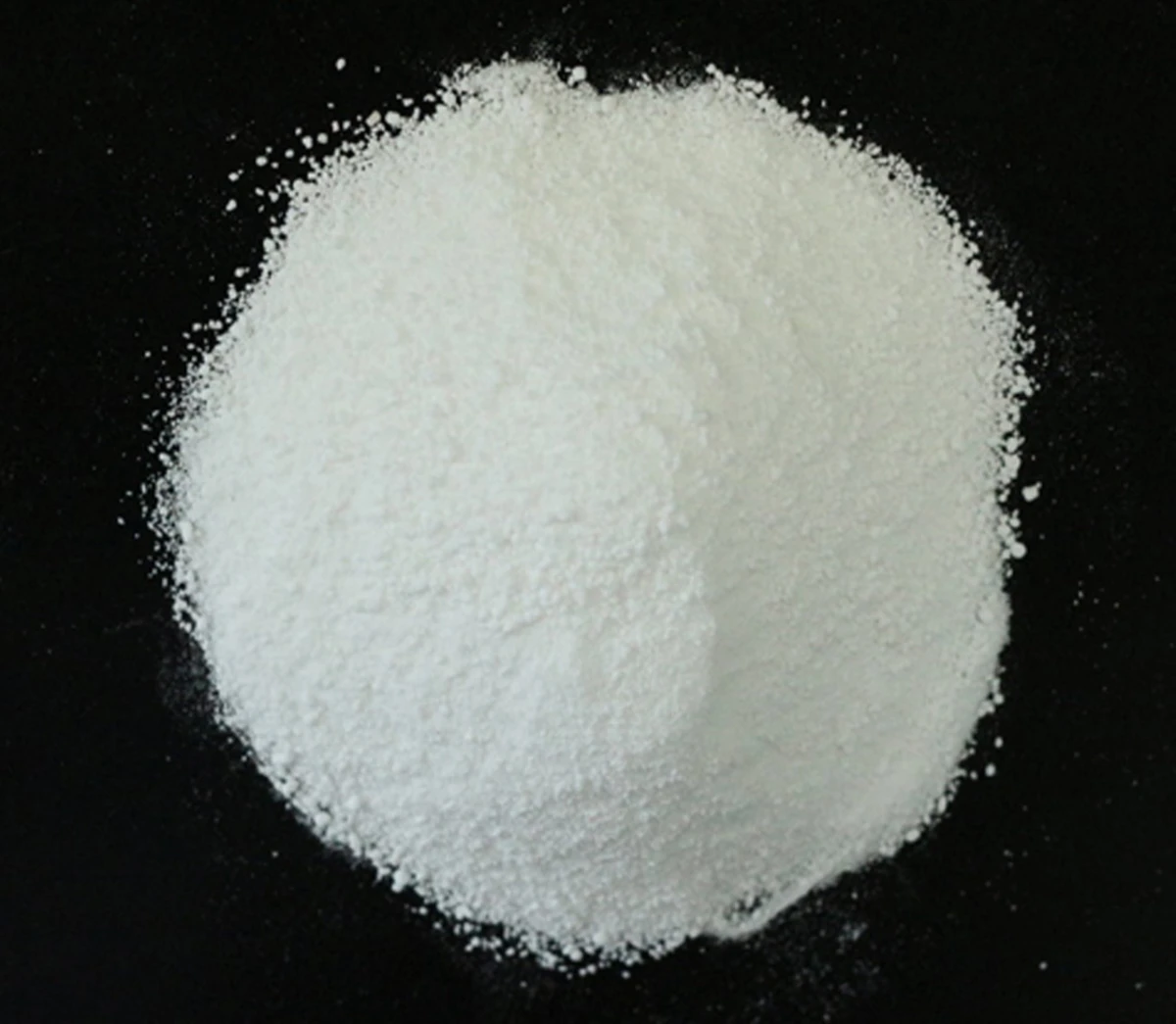
Step 1: Inspector Mode
You can’t treat what you can’t find. Grab a good flashlight and look for the evidence they leave behind:
- Droppings: Depending on the roach and the surface, their poop can look like black pepper grounds or dark, greasy smears. Check in corners and along the edges where walls meet the floor.
- Egg Cases: Finding these dark brown, capsule-shaped things confirms you have an active, breeding population. Look for them glued to surfaces in dark, quiet spots like the back of a drawer or under the sink.
- That Smell: A heavy infestation has a distinct oily, musty odor. Once you’ve smelled it, you’ll never forget it. The smell is strongest near their main hideouts.
Step 2: Cut Off Their Supplies
This is where you become a key part of the solution. You have to remove their food and water.
Wipe down greasy backsplashes and stove hoods. Store ALL food (and I mean pet food, too) in airtight glass or hard plastic containers—they can and will chew through cardboard. And take the trash out every single night to a sealed bin away from the house.
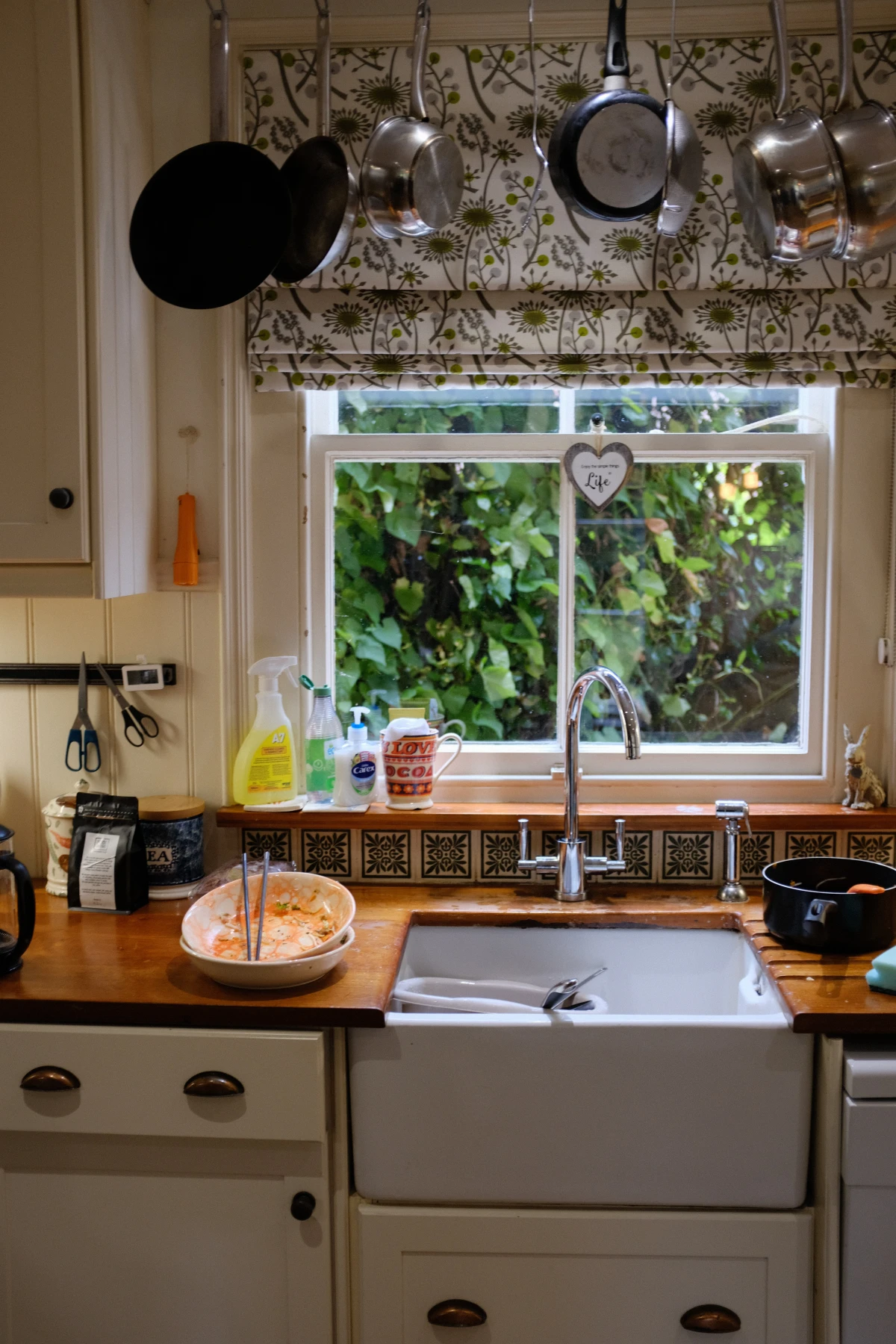
Most importantly, control that moisture! Fix every single leaky faucet. A slow drip is a drinking fountain for them. For damp basements, a dehumidifier is non-negotiable. Quick tip: Buy a cheap $10 hygrometer from a hardware store or online. Your goal is to keep the humidity below 50%. If it’s higher, you’re basically running a roach spa.
Step 3: Fort Knox Your House
Once the inside is less inviting, you have to lock the doors. A baby roach can squeeze through a gap as thin as a credit card. Use silicone caulk to seal cracks around pipes, behind baseboards, and around windows. For bigger gaps, pack them with copper mesh first (unlike steel wool, it won’t rust and stain everything) and then caulk over it. Don’t forget to install tight-fitting sweeps on your exterior doors.
Your DIY Arsenal: The Smart Tools
After you’ve done the hard work of cleaning and sealing, it’s time to bring in the right products. And I’m not talking about the bug bombs from the grocery store.
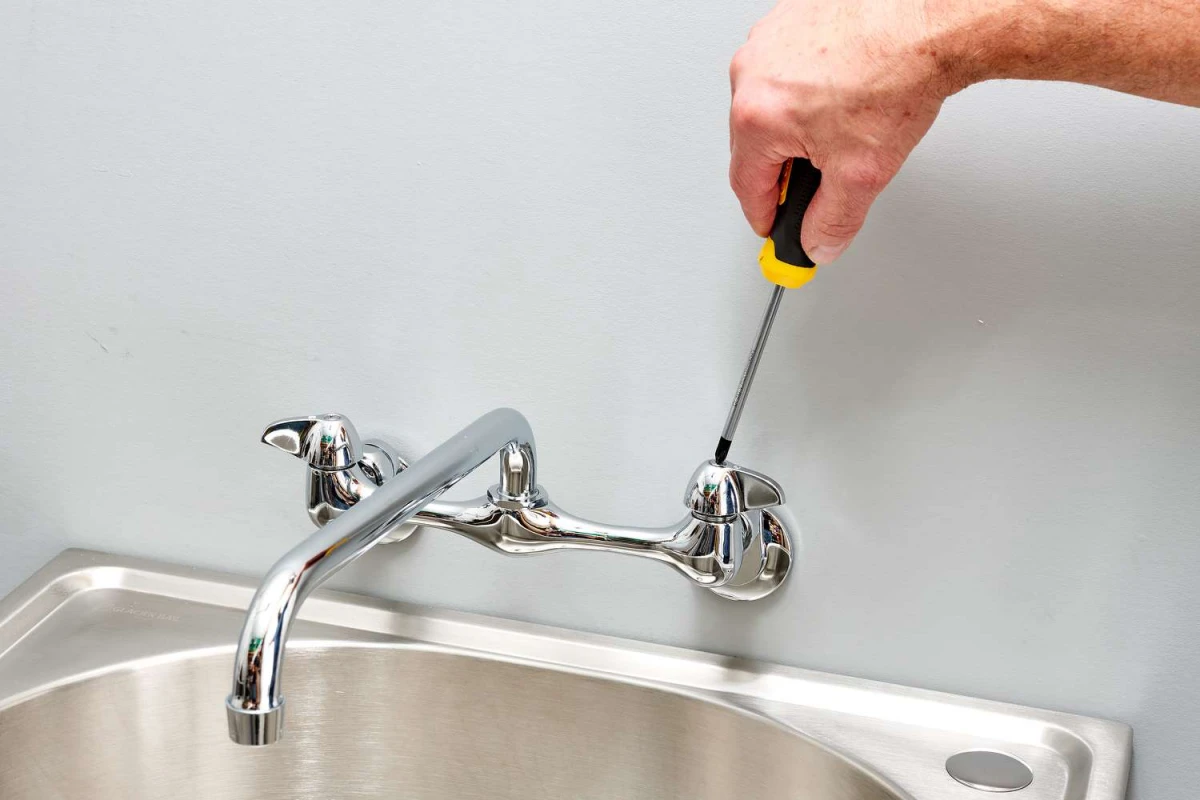
Gel Baits: The Trojan Horse
Cockroach gel bait is a game-changer. It’s a slow-acting poison mixed with a food attractant. Roaches eat it, crawl back to their hideout, and die. Then, other roaches eat their poisoned poop or their dead bodies (yep, it’s gross), spreading the poison through the whole colony. It’s way more effective than a simple spray.
You can get the same stuff the pros use online. Look for brands like Advion or Maxforce. A tube will run you about $20-$30 on Amazon or a specialty pest control site, but it’s worth every penny. Apply small, pea-sized dots in the cracks and crevices you found during your inspection—cabinet hinges, behind appliances, where pipes enter the wall. Heads up! DO NOT spray insecticides near your bait. It will contaminate the bait and the roaches won’t touch it.
Insect Growth Regulators (IGRs): The Secret Weapon
This is what most DIY attempts miss. IGRs are basically roach birth control. It’s a hormone that stops young roaches from growing into reproductive adults. It sterilizes the population so they can’t rebound. The best one for home use is Gentrol. It comes in little plastic discs that you can just place under sinks or behind the fridge. A pack of them costs around $20 and they work for months. Combining an IGR with a gel bait is the ultimate one-two punch.
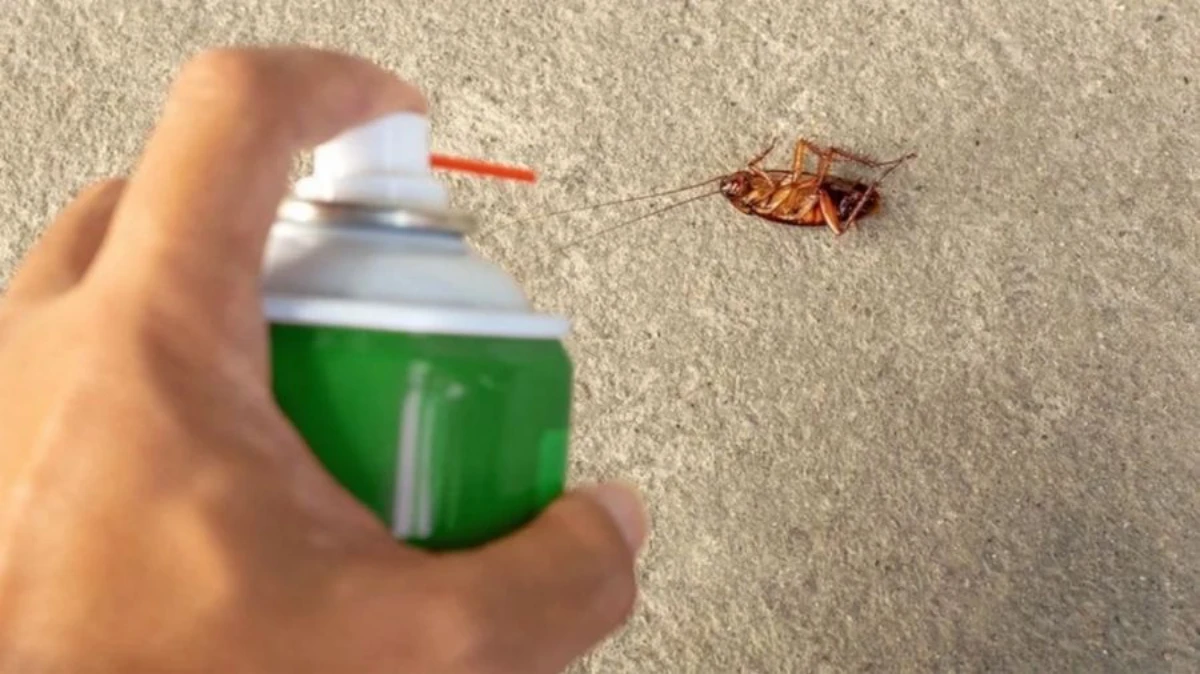
Dusts: Reaching the Unreachable
For getting into wall voids or deep under cabinets, you need a dust. The two best options are Boric Acid or Diatomaceous Earth (DE). To apply it right, you need a bulb duster—a little rubber puffer that costs about $15 online. The trick is to apply an almost invisible layer. If you can see a white pile of dust, you’ve used WAY too much and the roaches will just walk around it. Think a light, fine puff, not a thick line.
A Quick Word on Sprays and Foggers
I know the first impulse is to grab a can of aerosol spray and go nuclear. But honestly, it’s mostly a waste of time. It only kills the roaches you can see and can actually scatter them deeper into your walls, making the problem harder to solve.
And please, I’m begging you, stay away from “bug bombs.” They are incredibly ineffective. The fog doesn’t get into the cracks where roaches actually live. It just coats every single surface in your home with a layer of pesticide you don’t need.
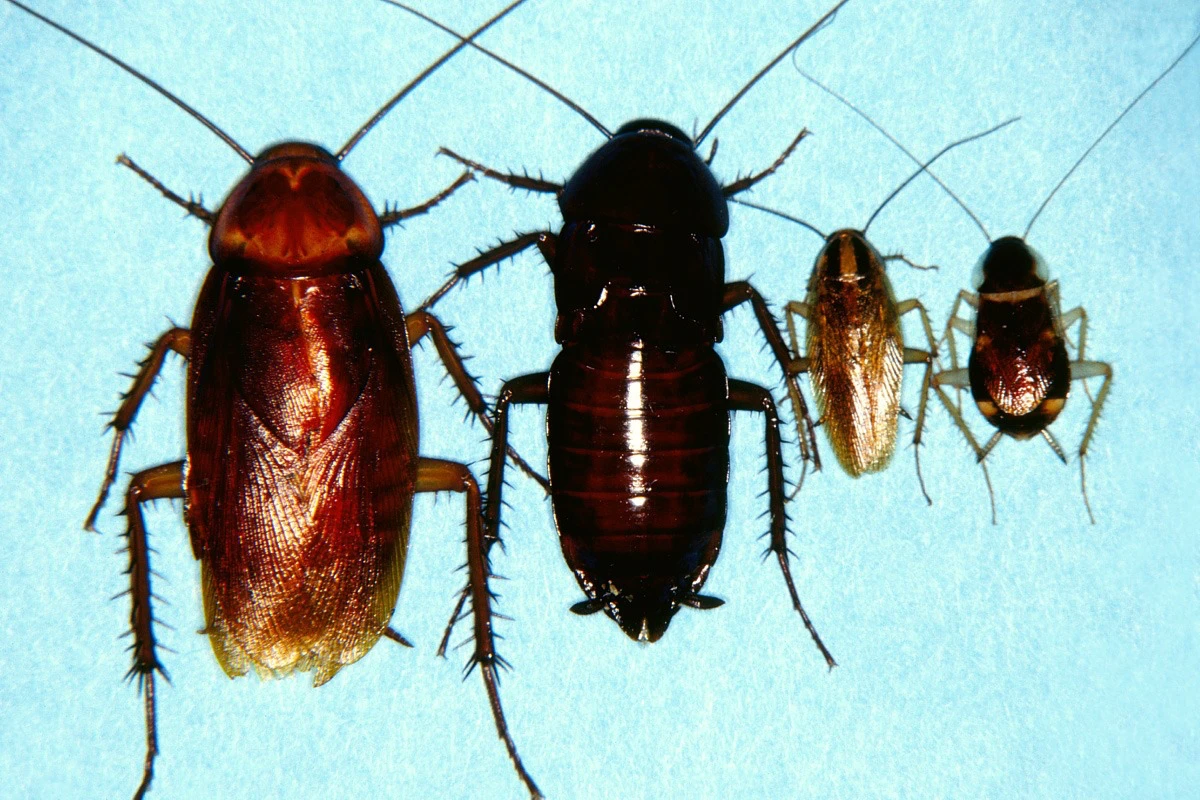
Your DIY Roach-Slaying Shopping List
Feeling ready to take this on? Here’s a basic starter kit that will set you back about $50 to $70, but it’s far more effective than a cart full of hardware store sprays.
- Pro-Grade Gel Bait: 1 tube of Advion or Maxforce (~$25)
- Insect Growth Regulator (IGR): 1 pack of Gentrol Point Source discs (~$20)
- Sealant: 1 tube of silicone caulk (~$8)
- Monitoring: 1 pack of sticky glue traps (~$10)
- Optional but Recommended: A bulb duster (~$15) and Boric Acid powder (~$10) for treating wall voids.
When to Wave the White Flag (and Call a Pro)
Look, while you can often handle a minor issue yourself, there’s no shame in calling for backup. It’s the smart move if:
- You live in an apartment or condo. The problem is almost certainly in the walls and shared with your neighbors. You need a coordinated building-wide effort.
- You see roaches during the day. This is a sign of a very heavy infestation that is deeply established.
- Someone in your home has health issues. If you have infants, toddlers, or anyone with asthma or chemical sensitivities, let a trained and licensed pro handle the application.
- You just feel overwhelmed. A good pest control company will not only treat the problem but partner with you to make sure it doesn’t come back.
Tackling a roach infestation requires persistence. But by understanding your enemy, making your home completely inhospitable, and using the right tools, you can absolutely win this war. And it all starts with turning off their water.










